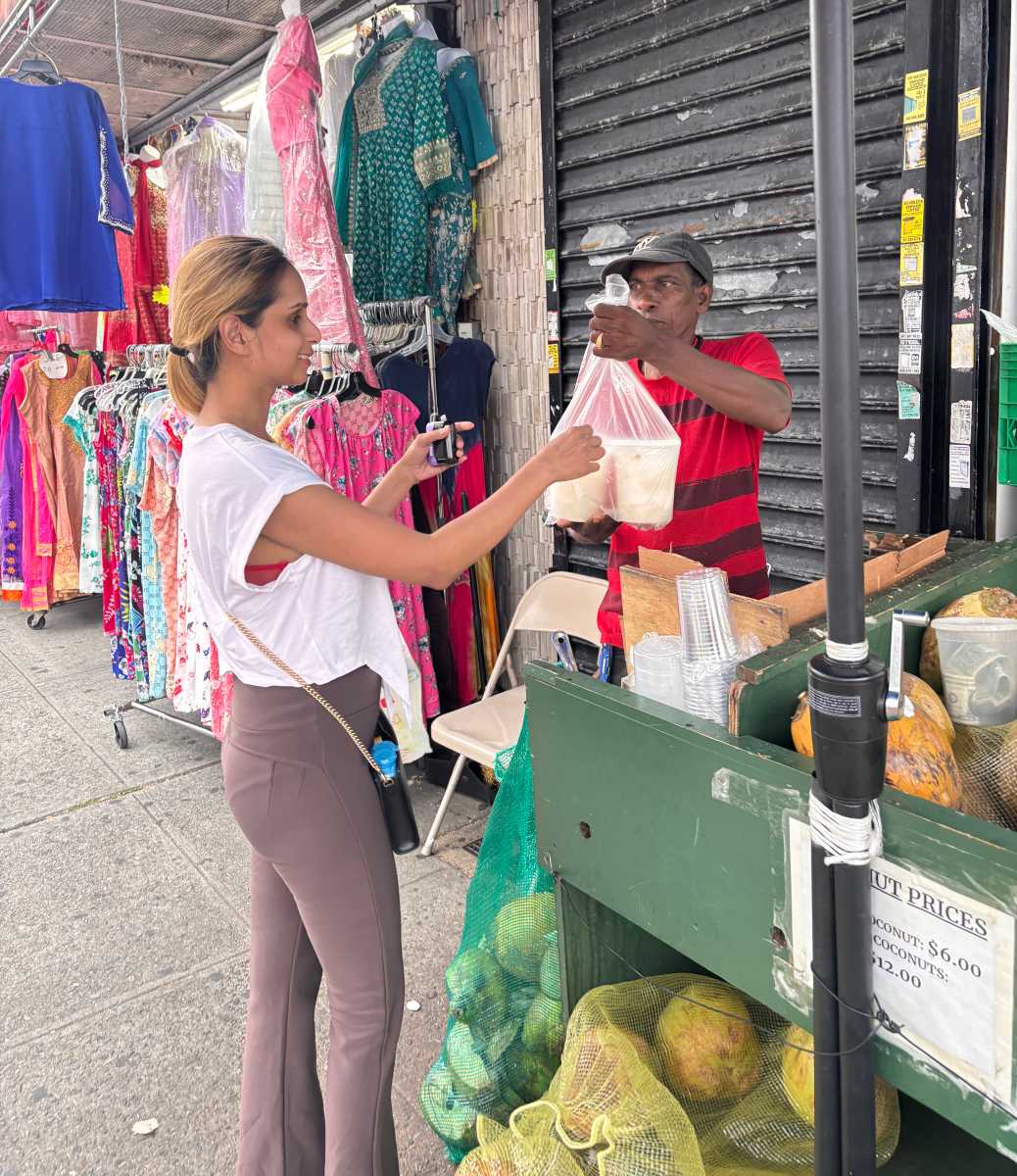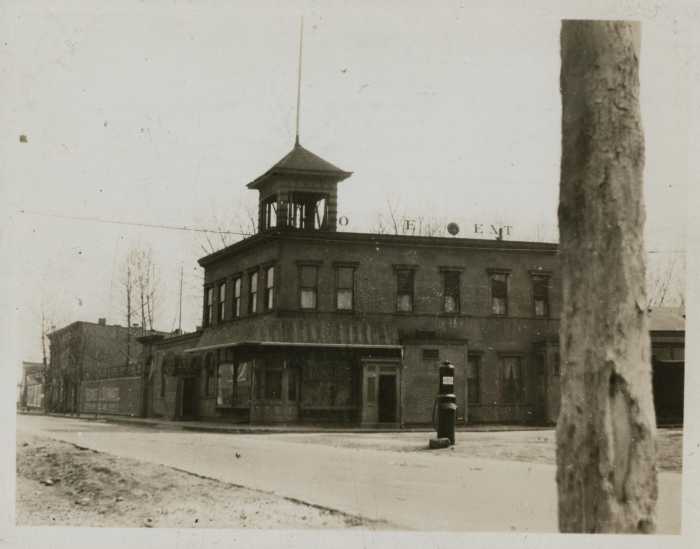When the summer heat hits New York City, nothing cools you down quite like a fresh coconut, and on Liberty Avenue in Queens and Church Avenue in Brooklyn, they’re selling faster than ever. The price per coconut ranges between $5 and $7.
Most afternoons, the sidewalks are buzzing. Vendors crack open coconuts with quick, practiced swings, handing them over to thirsty customers. Some people sip the sweet water right on the spot, chatting with friends. Others carry a few home to share with family.
Carlos Ram, who works at Taste Well Restaurant on Liberty Avenue, says the coconut rush never stops.

“We get coconuts supplied to us every week,” Ram explained. “We sell a lot every single day, even in the winter. But with this heat, people can’t get enough.”
For many Caribbean New Yorkers, coconuts aren’t just a summer drink but a taste of home. Fresh coconuts are part of everyday life in places like Jamaica, Trinidad, Guyana, and the Dominican Republic. The tradition runs deep, whether it’s the sweet water or the soft jelly.
“It’s the freshness,” Ram said. “For the people on Liberty Ave, it takes them right back to Guyana.”

A Nutritional Powerhouse
Beyond nostalgia, coconuts pack a nutritional punch. Coconut water is naturally rich in electrolytes such as potassium, sodium, and magnesium, making it a natural hydrator. It’s also low in calories and contains antioxidants, which help combat inflammation. The jelly, or coconut meat, is a healthy fat and fiber source.
Health-conscious customers often grab a coconut after a workout, while others enjoy it as a healthier alternative to soda.
A Year-Round Favorite
Even when the temperatures drop, regulars continue to buy. Vendors say some people stock up, while others enjoy the taste no matter the season.
“You don’t have to be from the Caribbean to love coconut water,” Ram said with a grin. “But if you are, you know… it just hits different.”
Whether cracked open, enjoyed on the sidewalk, or carried home by the dozen, coconuts remain a symbol of comfort, health, and heritage in New York City’s Caribbean neighborhoods. And if the current demand is any indication, this tropical tradition will keep flowing, long after summer fades.




















